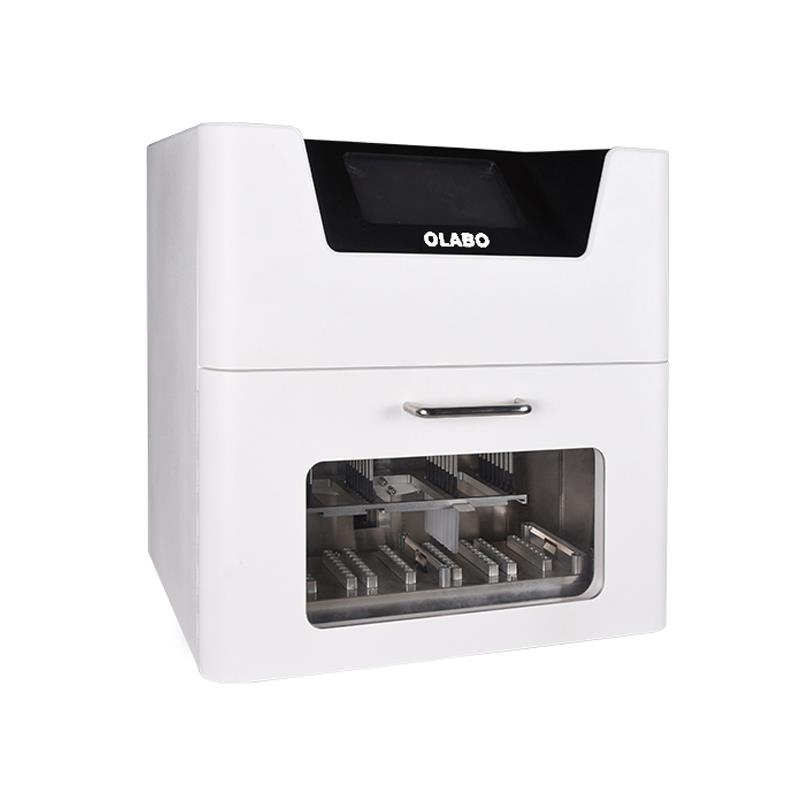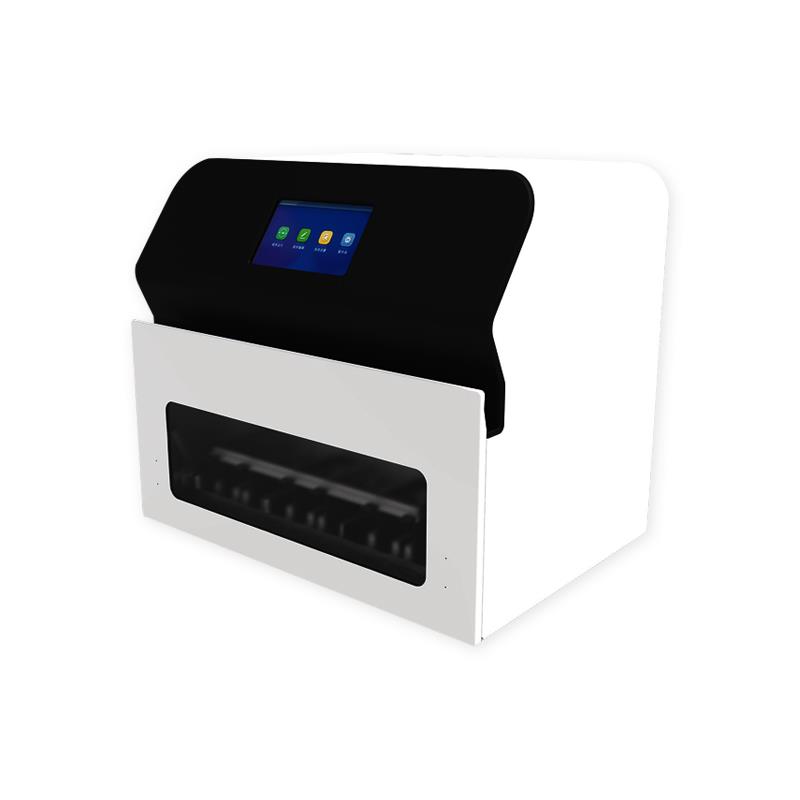2020/12/8 14:22:27
Nucleic Acid Extractor System



A. Brief Introduction
Nucleic acid extractor is an instrument that uses matching nucleic acid extraction reagents to automatically complete sample nucleic acid extraction. It is widely used in various fields such as the Center for Disease Control, clinical disease diagnosis, blood transfusion safety, forensic identification, environmental microbiological testing, food safety testing, animal husbandry and molecular biology research.
B.Classification
1. Divided according to the size of the instrument model
1) Automatic liquid workstation
The automatic liquid workstation is a very powerful device, which automatically completes liquid dispensing and aspiration, and can even realize full automation of specimen extraction, amplification, and detection by integrating functions such as amplification and detection. Nucleic acid extraction is only one application of its function, and it is not suitable for routine laboratory extraction of nucleic acid. It is generally used for the experimental needs of a single type of specimen and a large amount of specimens (at least 96, generally several hundred). The platform establishment and operation of automatic workstations require relatively large funds.
2) Small automatic nucleic acid extractor
The small automated instrument achieves the purpose of automatically extracting nucleic acid through the particularity of the operating structure, and can be used in any laboratory.
2. Differ according to the extraction principle
1) Instruments using spin column method
The centrifugal column method nucleic acid extractor mainly uses a combination of a centrifuge and an automatic pipetting device. The throughput is generally 1-12 samples. The operation time is about the same as manual extraction. It cannot improve the actual work efficiency and is expensive. Different models The consumables of the instrument are not universal, and are only suitable for large-scale laboratories with sufficient funds.
2) Instruments using magnetic bead method
Using magnetic beads as a carrier, using the principle of magnetic beads adsorbing nucleic acids under high salt and low pH values, and separating nucleic acids under low salt and high pH values, the entire nucleic acid extraction and purification process is realized by moving magnetic beads or transferring liquid. Due to its unique principle, it can be designed into a variety of fluxes. It can be extracted from a single tube or 8-96 samples, and its operation is simple and fast. It only takes 30-45min to extract 96 samples, which greatly improves The experimental efficiency and low cost can be used in different laboratories. It is currently the mainstream instrument on the market.
C.The basic principle of magnetic bead method nucleic acid extractor
Magnetic bead method nucleic acid extractor is generally divided into two types: suction method and magnetic rod method:
1. The suction method, also called the pipetting method, is to extract nucleic acid by fixing magnetic beads and transferring liquid. Generally, the transfer is realized by controlling the mechanical arm through the operating system. The extraction process is as follows:
1) Lysis: Add the lysis solution to the sample, realize the mixing and full reaction of the reaction solution through mechanical movement and heating, cell lysis, and release of nucleic acid.
2) Adsorption: Add magnetic beads to the sample lysing solution and mix them thoroughly. The magnetic beads have a strong affinity for nucleic acids under high salt and low pH values to adsorb nucleic acids. Under the action of an external magnetic field, the magnetic beads are separated from the solution. , Use the tip to remove the liquid and discard it to the waste tank, and discard the tip.
3) Washing: Remove the external magnetic field, replace with a new tip, add washing buffer solution, mix thoroughly to remove impurities, and remove the liquid under the action of an external magnetic field.
4) Elution: Remove the external magnetic field, replace with a new tip, add elution buffer, mix thoroughly, and the bound nucleic acid is separated from the magnetic beads to obtain purified nucleic acid.
2. Magnetic rod method
The magnetic rod method realizes the separation of nucleic acids by fixing the liquid and transferring the magnetic beads. The principle and process are the same as the suction method, but the difference is the method of separating the magnetic beads from the liquid. The magnetic rod method is to separate the magnetic beads from the waste liquid through the adsorption of the magnetic beads on the magnetic rod, and put them into the next liquid to achieve nucleic acid extraction.